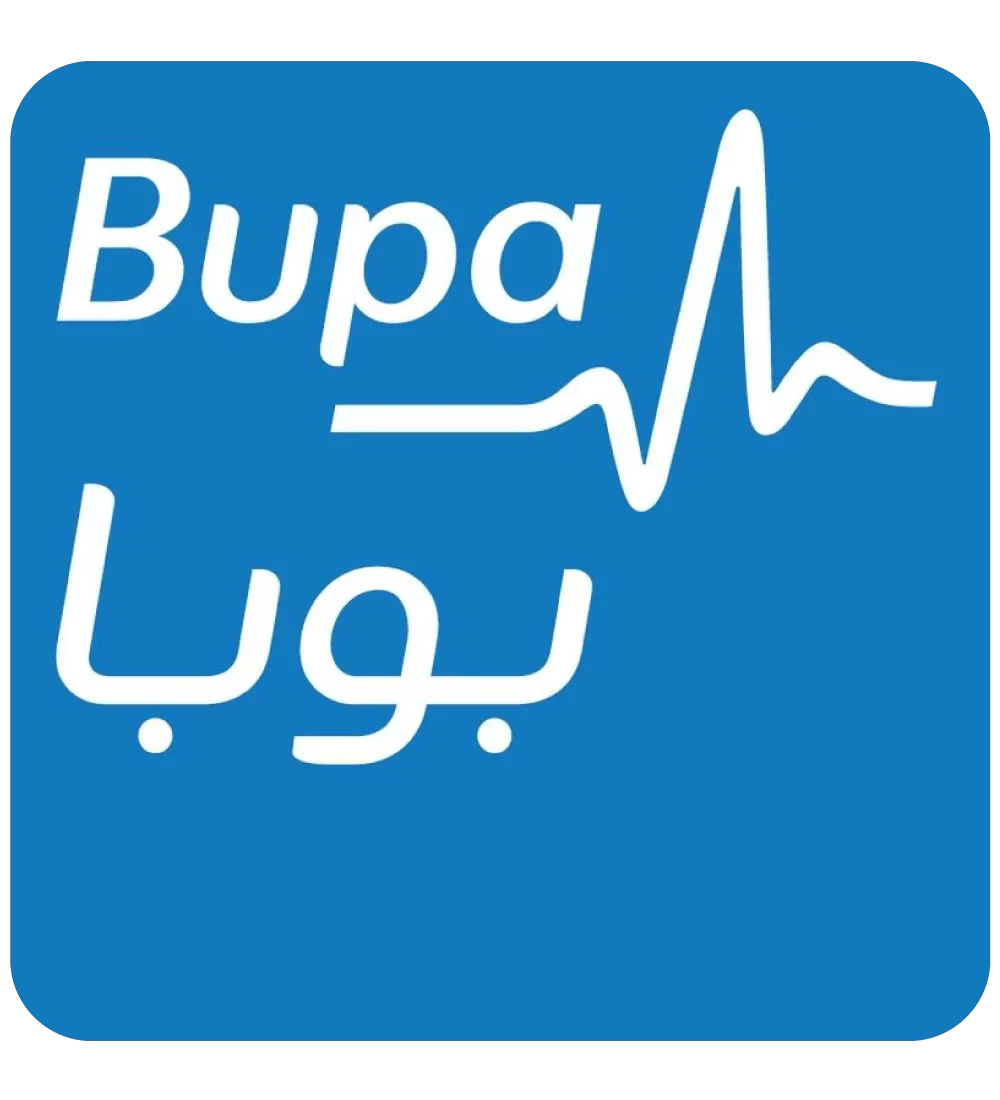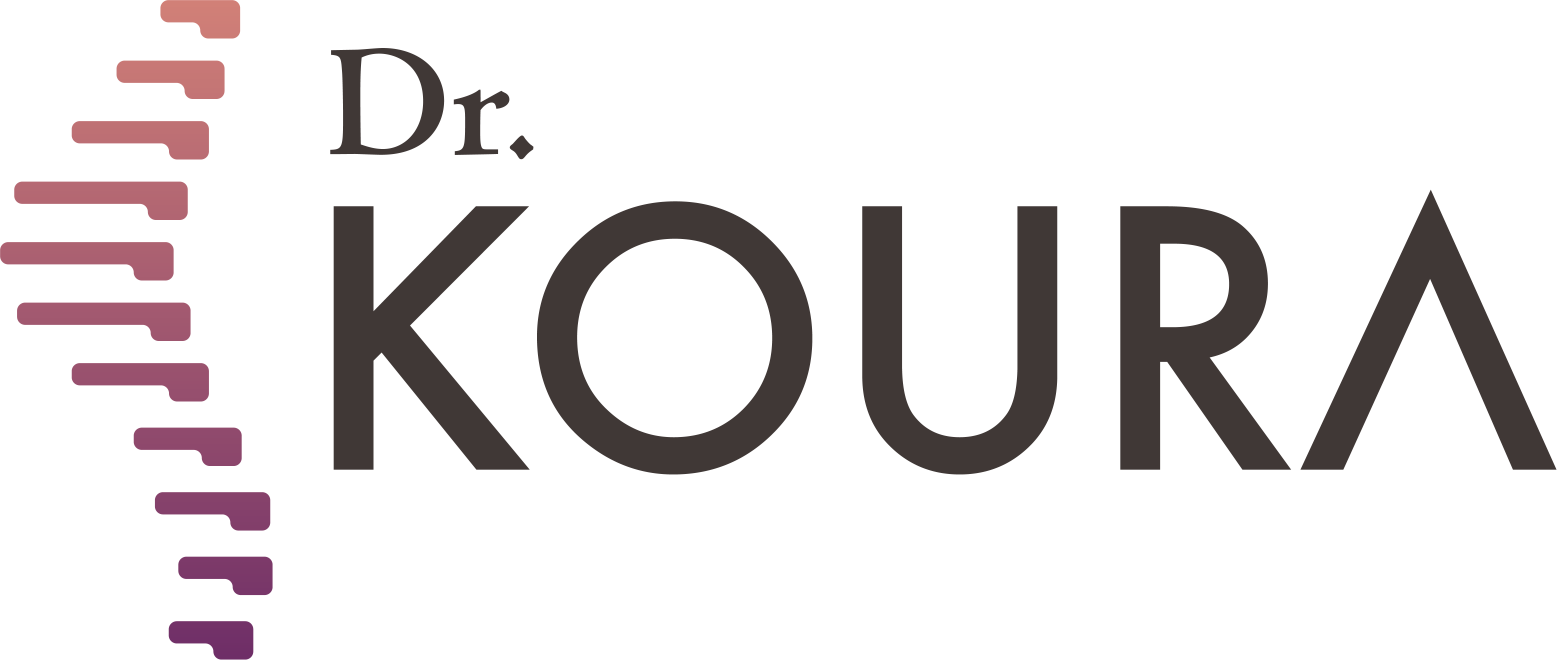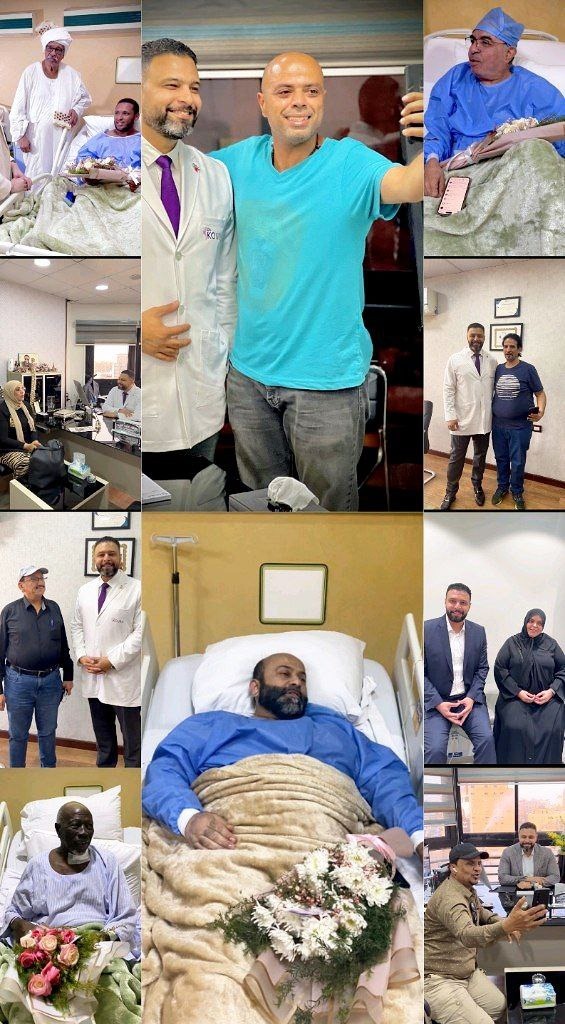
To see patients' reviews
Click hereCauses of lower back pain
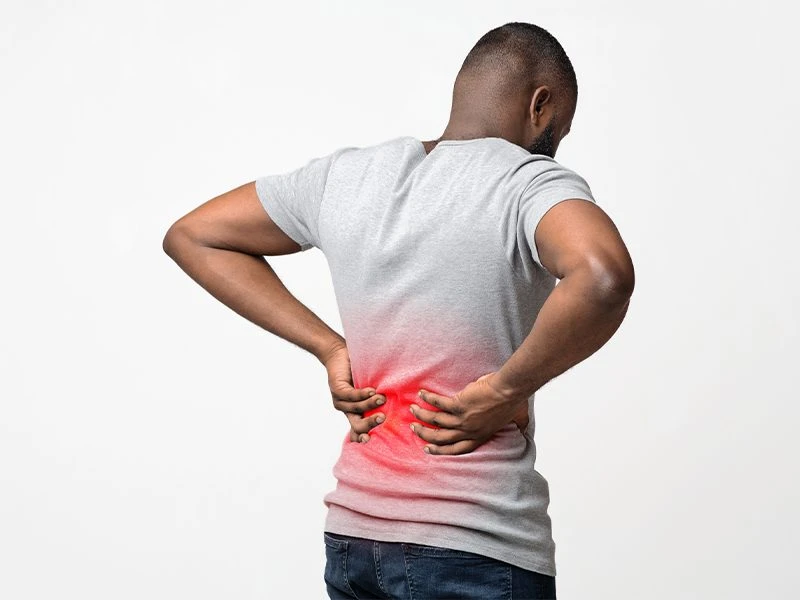

Lower back pain is one of the most common health problems affecting both men and women. It may appear suddenly after incorrect movement or gradually due to daily habits such as prolonged sitting or lifting heavy weights. The level of pain varies from person to person, but in all cases, it affects quality of life. Therefore, it is important to identify the cause of lower back pain and address it early.
Common Causes of Lower Back Pain
The causes of lower back pain are numerous and varied. It may be due to inflammation of the back muscles caused by physical stress or sitting in incorrect positions for long periods, or inflammation of the lower back due to constant pressure on the vertebrae. Among the more severe causes are a herniated disc in the back and sciatica. A protruding disc compresses the surrounding nerves, causing radiating pain that may extend to the legs and feet, significantly impeding normal movement.
Low back pain caused by prolonged sitting, especially in office workers or drivers, is a major factor in increasing lower back pain due to poor spinal flexibility and spasm of the surrounding muscles. Other factors that contribute to lower back pain cannot be overlooked, such as osteoporosis, which makes the vertebrae more susceptible to fracture, and excessive obesity, which directly compresses the spine and increases cartilage wear. These factors also contribute to chronic diseases such as arthritis and disc inflammation, which can manifest as lower back pain.
Psychological factors such as constant stress and anxiety also play a significant role in increasing the causes of lower back pain, leading to chronic muscle tension that increases difficulty with movement. Lack of physical activity and regular exercise weaken the muscles supporting the vertebrae, making the spine more susceptible to injury and inflammation.
How to Treat Lower Back Pain
Treatment for lower back pain varies depending on the cause and severity of the pain. Effective methods include:
Radiofrequency therapy, a newer technique that has proven effective without the need for surgery.
Anti-inflammatory medications, which reduce pain and help restore movement.
Physiotherapy and back-strengthening exercises, which enhance the strength and flexibility of the back muscles.
Hot or cold compresses, which reduce spasms and inflammation.
Manual therapy or massage sessions restore balance to the spine.
The treatment plan is always determined by the best doctor for treating lower back pain and coccyx pain when sitting, depending on each patient's condition.
Tips to Prevent Recurrence of Lower Back Pain
In addition to treatment, there are simple steps to protect you from recurrence of lower back pain:
Avoid sitting for long periods and try to stand or walk around every hour.
Choose a mattress and a medical pillow that maintains proper back posture.
Do light exercises regularly to strengthen your muscles.
Adhere to bending your knees when lifting objects, not hunching over.
Reduce excess weight to relieve pressure on the spine.
Following these tips along with an appropriate treatment plan will significantly contribute to preventing recurrence of lower back pain, relieving spine pain, and alleviating the causes of lower back pain.
Why Choose Dr. Mohamed Qoura's Center?
Dr. Mohamed Qoura's Center is a leading center for treating spine pain and lower back pain using the latest medical devices and technologies. If you're looking for the best treatment for lower back pain or the best pain doctor with extensive experience and modern treatment methods, the center provides everything you need to relieve pain and regain your energy.
Don't let the causes of lower back pain control your life. Contact Dr. Mohamed Qura Center now to book your consultation with the best doctors specializing in treating spinal pain and lower back pain.
Dr. Mohamed Koura is here to assist you using the latest therapeutic techniques, including thermal radiofrequency and laser treatments for spinal pain without surgery—book your appointment now from here.
Why Choose Dr. Mohamed Koura ?
Simply because he is the best doctor in his feild. He stays updated on the latest treatment technologies through his participation in various international conferences with leading foreign doctors and experts. Finally, and most importantly, Dr. Mohamed Koura is the best doctor in Egypt and the Arab world, possessing 12 non-surgical techniques for treating spinal and joint problems. He was the first to introduce modern interventional treatment techniques in Egypt & the Middle East and is the only one using the disc fx technique to treat spinal pain.
To see patients' reviews
Click hereCertainly not, some cases must be treated surgically, and the most appropriate technique for the patient is determined through a medical examination and the presence of imaging studies.
No, it is necessary to make a reservation through a phone call or social media messages.
There are no risks or side effects associated with non-surgical pain interventions.
The patient needs only 3 to 4 days before they can travel comfortably, and the hospital stay does not exceed 6 to 8 hours.
A condition cannot be accurately assessed and a proper medical diagnosis made without a medical examination and recent imaging studies.
Yes, there are several payment methods available through Visa or electronic wallets by making a reservation on our website.
Certainly, obesity is one of the causes of knee osteoarthritis.
Radiofrequency activates the nerve and does not cause any damage to it.
Non-surgical interventions are a definitive treatment for some cases and pain relievers for other cases, which is determined by the doctor through a medical examination.
If the herniated disc is fully treated, there is a possibility of it reoccurring in some cases, such as not following the doctor's prescribed instructions after the intervention, experiencing an accident, or making a sudden wrong movement like lifting heavy objects.
The entire disc is not removed due to the presence of several risks and it may exacerbate the condition. Only the protruding part that causes pain is removed.
This cannot be done with radiofrequency, but it is performed through other techniques that Dr. Koura conducts.
The success or failure of non-surgical interventions cannot be judged through radiographic imaging because these procedures involve making subtle changes to critical parts to address the issue. Consequently, they do not produce significant changes to avoid potential complications in the future or damage to the spine and joints, which is our primary goal.
Spinal stenosis does not typically cause sciatica. In most cases, disc herniation is what may lead to sciatica. This does not necessarily mean that a patient with sciatica will also have spinal stenosis.
Sciatica may return if the patient does not adhere to the medical instructions provided by the doctor or in the event of an unexpected accident.
A life without pain without surgery
Once you book with Dr. Koura
Get rid of pain with just one call.. Book your appointment now with pain Management consultant Dr. Koura.
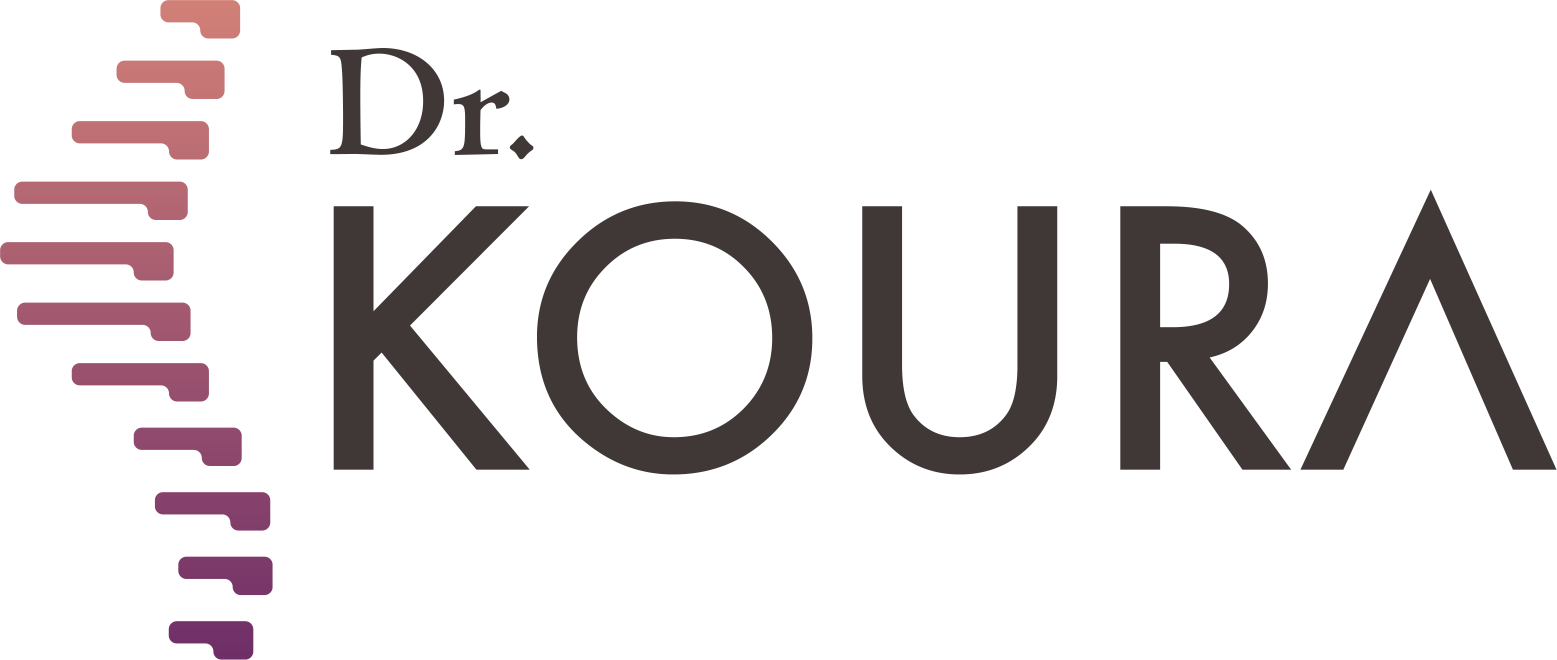





-webp.webp)




-webp.webp)





















